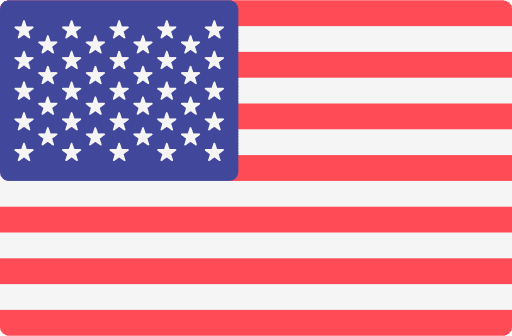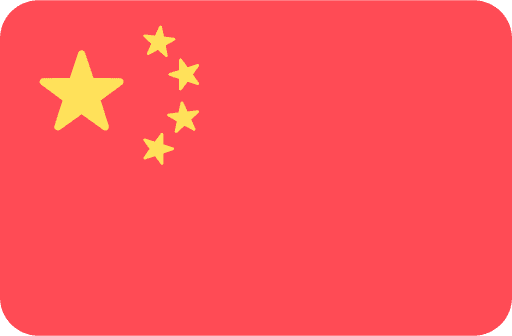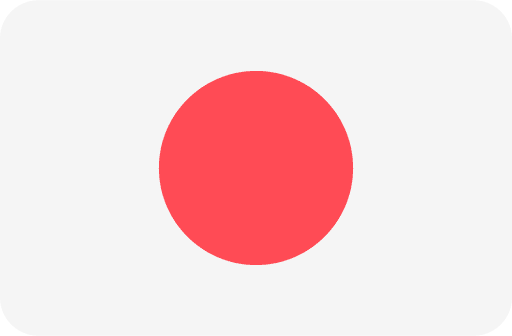Nucleic acid quantification
The Problem
Nucleic acid quantification is a must throughout genomics workflows including the development of LNPs and gene therapies, next-gen sequencing, and biobanking. This critical piece can get bogged down with too many steps and costly reagents. Fluorescent dyes are commonly used for RNA and DNA quantification, but rely on standard curves with narrow ranges and expensive reagents. If you have a high concentration sample, it may be outside the linear range of a fluorescent dye assay – and now you’re dealing with dilutions that will have an impact on accuracy. Plus, DNA and RNA typically need to be pure when used downstream and dye-based methods don’t give any insight into purity, which means running more assays, taking more time and consuming more sample.
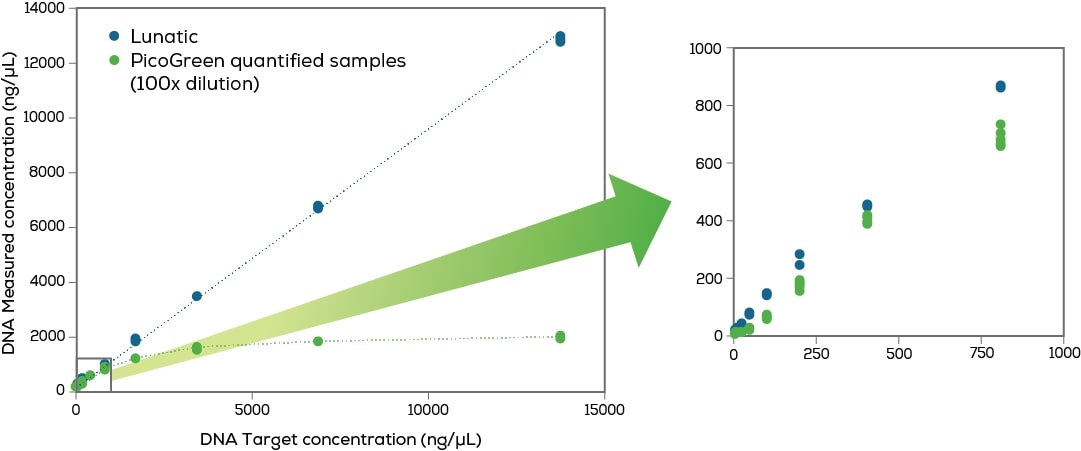
The right tool for nucleic acid quantification
UV/Vis spectroscopy on Lunatic equips you with hassle-free nucleic acid quantification at high-throughput and low volume. All you need is 2 µL per sample and 5-10 minutes to measure up to 96 samples per plate, without any additional reagents, standards, or dilutions. Lunatic delivers spot-on accuracy over a dynamic range that covers low and high concentrations of double-stranded or single-stranded DNA and RNA.
The proof
Measure it straight up
Lunatic performs UV/Vis analysis from 230–750 nm in fixed pathlength microcuvettes which have a dynamic range of 0.03–275 OD. That works out to 1.5–13,750 ng/µL for dsDNA. The microcuvettes are part of unique microfluidic circuits that deliver highly accurate and precise absorbance spectra – with zero prep or dyes.
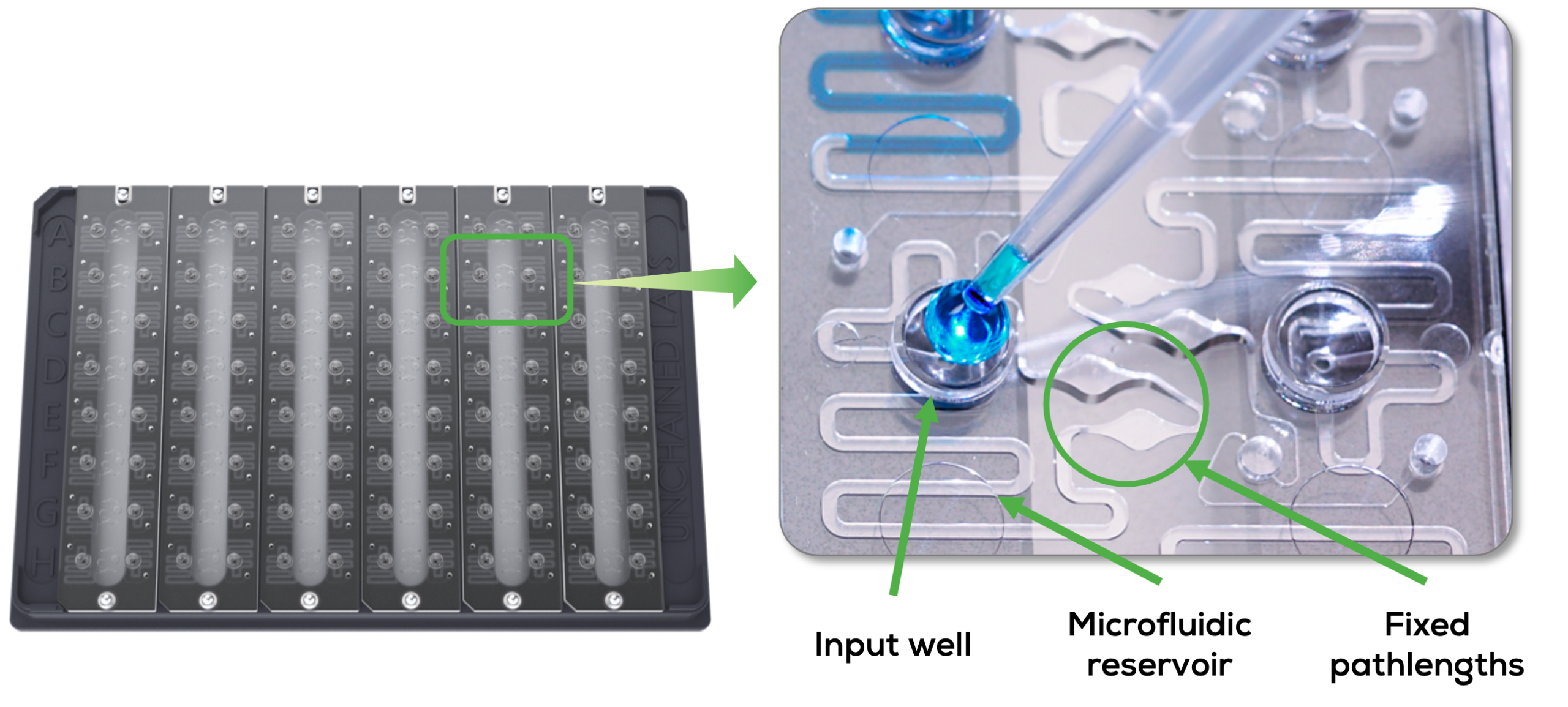
On-the-money results
With fixed pathlengths, Lunatic gets you accuracy within 2% and precision within 1% and is right on target for the expected nucleic acid concentrations every time.
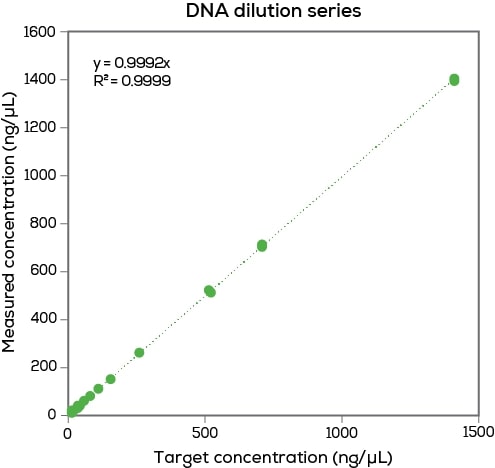
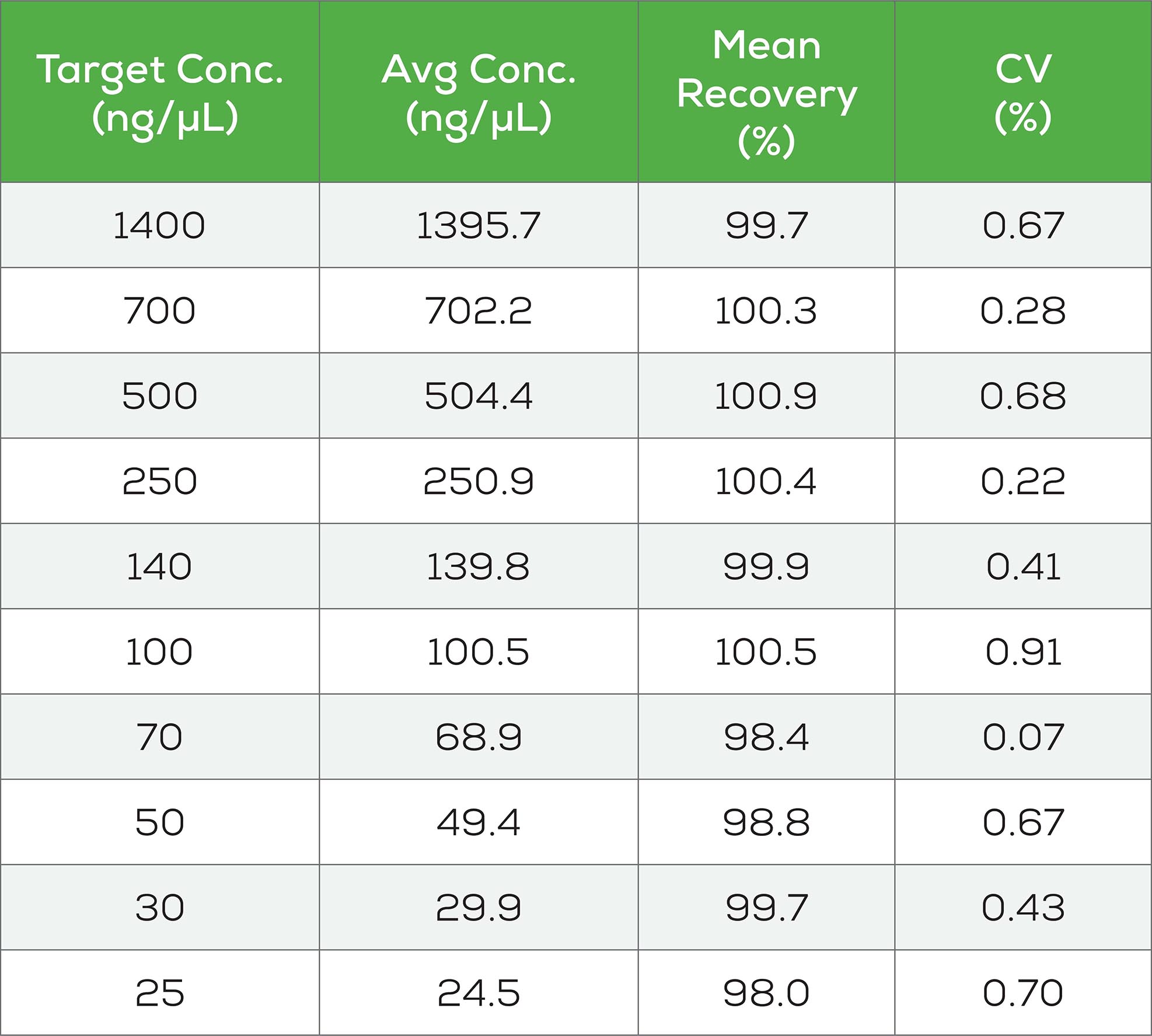
Get the heads up on impurities
When absorbance isn’t quite the right shape for nucleic acids, UV/Vis is trying to tell you something is wrong in your sample. Lunatic’s Unmix applications help you see annoying impurities that can throw off your accuracy – or worse, screw up your downstream assay or sequencing.
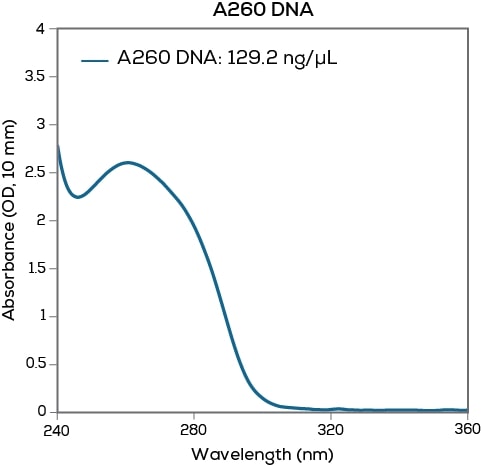
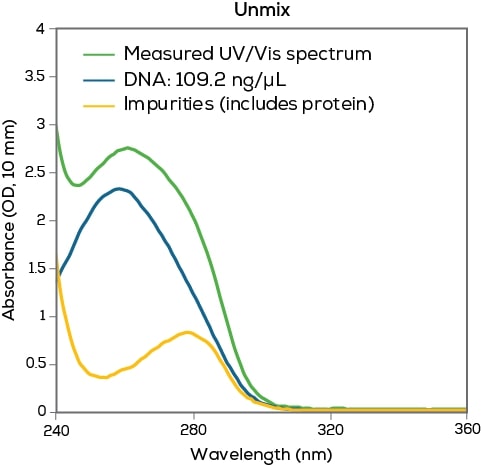
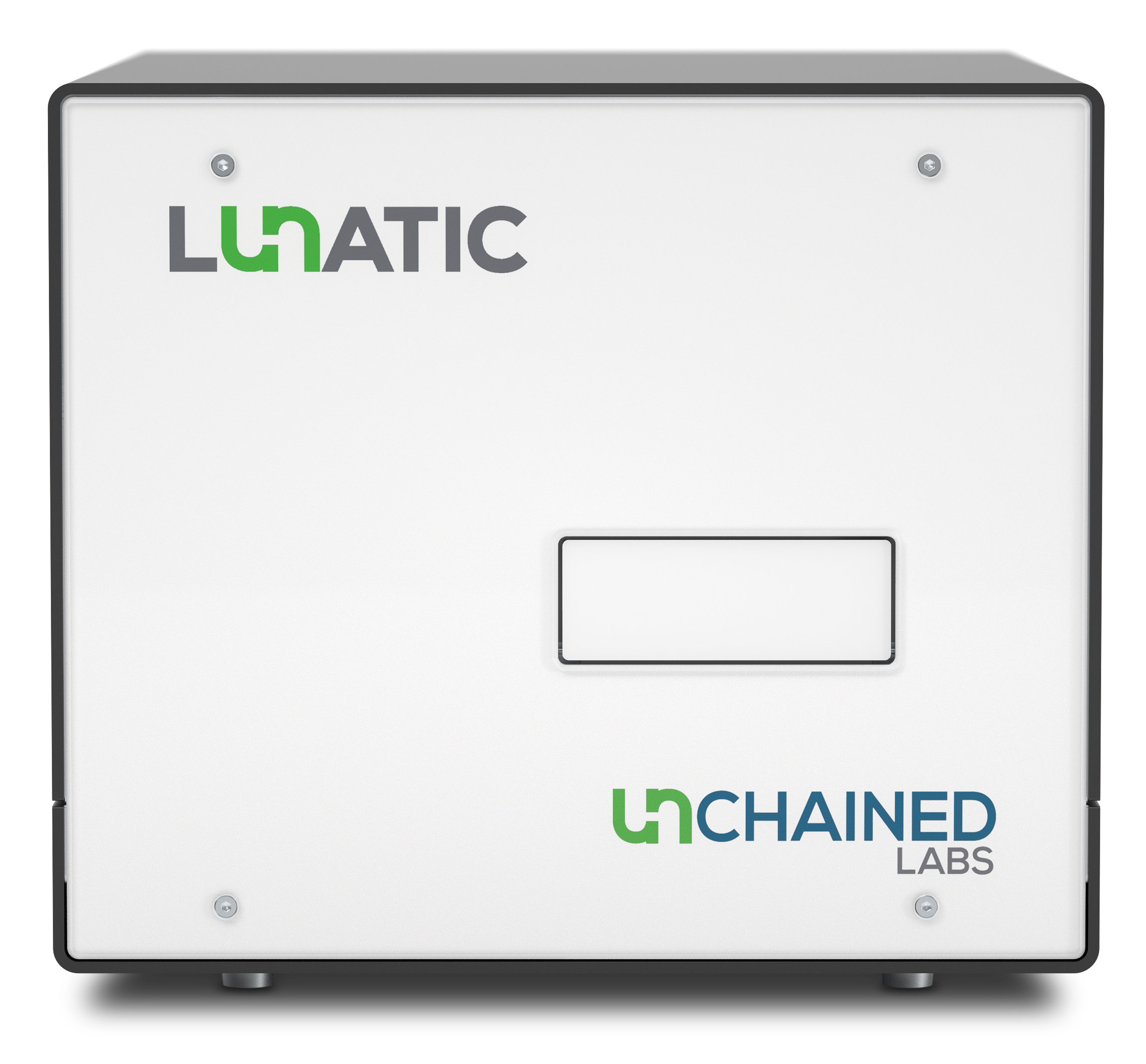
Lunatic
Lunatic makes batch quantification of protein, DNA and RNA a no-brainer. All you need is 2 μL and 10 minutes to measure up to 96 samples. Run them straight-up, even at high concentrations, without ever diluting. Lunatic gets biologics and genomics UV/Vis quantification on the money every time. Just drop, load and read.
FAQs
Want More Info?
Want to learn more about Lunatic's next gen DNA and RNA quantification?
